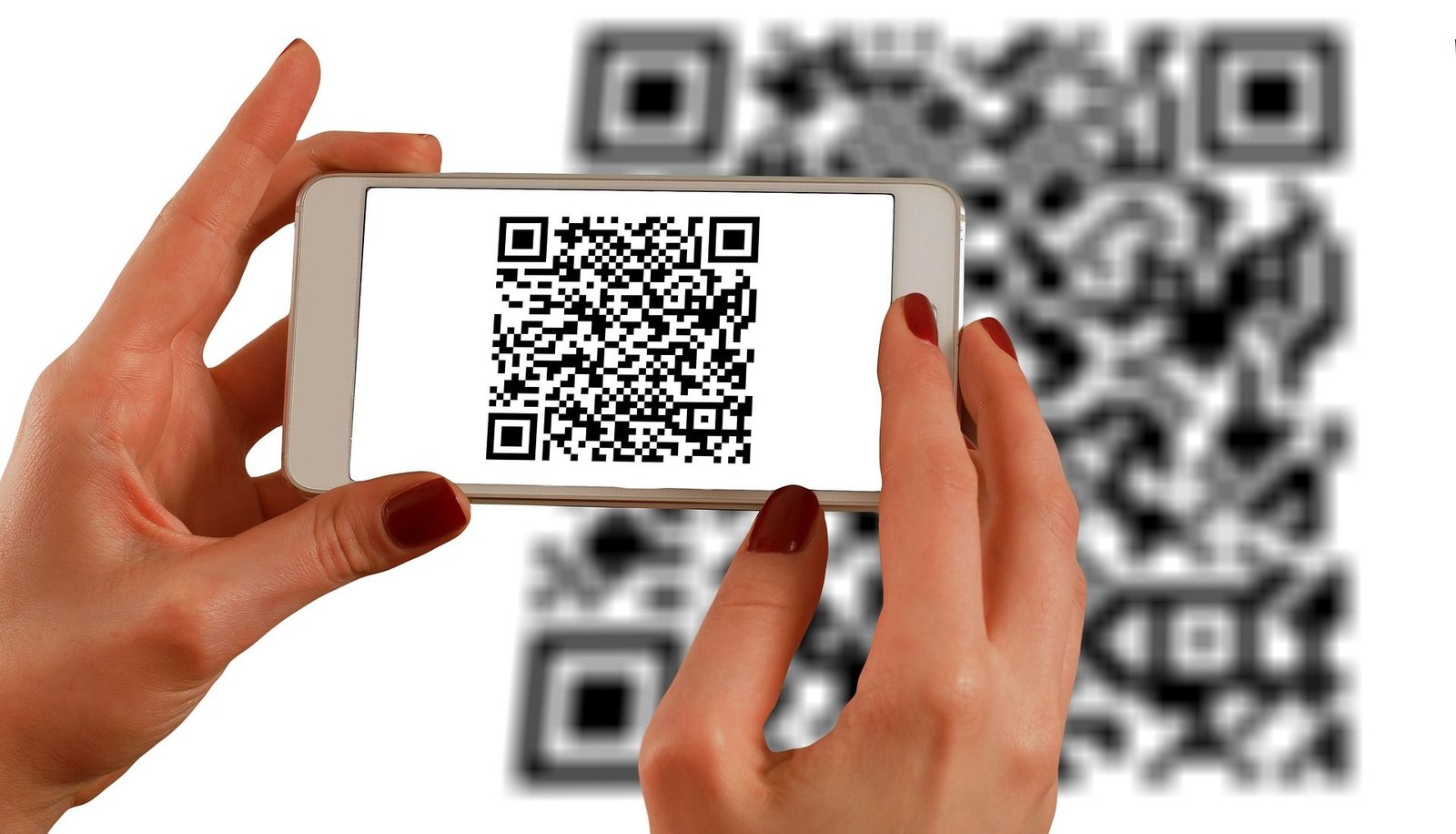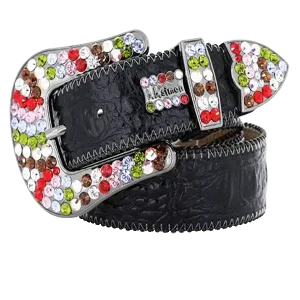Losing a pet is a heart-wrenching experience that no owner wants to go through. One significant development in this area is the introduction of QR code dog tags. These innovative tags represent a fusion of traditional identification methods and modern digital technology, offering a new approach to pet identification and recovery.
QR code dog tags (check out HeyBuddy’s) look similar to regular tags at first glance, but they contain a wealth of information accessible through a simple smartphone scan.
Know Everything About QR Tags For Pets
Dog tags with QR code are the next evolution in pet identification. These tags look similar to traditional dog tags, but with one key difference – they feature a unique QR (Quick Response) code printed on them. This code can be scanned by any smartphone camera, instantly providing access to crucial information about your pet.
How Do They Work?
The process of using a QR code dog tag is straightforward:
- Set-Up: As a pet owner, you create an online profile for your dog, inputting all relevant information.
- Tag Creation: A unique QR code is generated based on this profile and printed on a durable tag.
- Attachment: You attach this tag to your dog’s collar, just like a regular ID tag.
- In Case of Loss: If your pet gets lost, anyone who finds them can simply scan the QR code with their smartphone.
- Information Access: The scanner is immediately directed to your pet’s online profile.
- Contact: The finder can then reach out to you using the contact information provided.
The Power of Information
One of the biggest advantages of dog tags with QR codes is the sheer amount of information they can provide. Unlike traditional tags that are limited by physical space, QR codes can link to a comprehensive online profile. This profile can include:
- Multiple contact numbers
- Home address
- Your pet’s medical history
- Dietary requirements
- Behavioral traits
- Recent photographs
Keeping Information Current
Life changes, and so does the information on your pet’s tag. With traditional tags, moving house or changing phone numbers meant buying a whole new tag. QR code dog tags solve this problem elegantly. You can update the linked information in real time without ever needing to replace the physical tag. This feature alone makes QR code tags a more flexible and cost-effective solution in the long run.
Privacy Protection
Privacy is a growing concern in our digital age. A QR code dog tag offers a level of privacy protection that traditional tags can’t match. Instead of having your personal information openly displayed on the tag, you can control exactly what information is visible to the public. This feature gives pet owners peace of mind while still providing the necessary information to help reunite them with their lost pets.
The Speed of Reunion
When it comes to finding a lost pet, time is of the essence. The faster a pet can be identified and returned home, the safer they are. Here’s where QR code dog tags really shine. According to recent statistics, over 90% of lost pets with QR code tags are reunited with their owners within 24 hours. This impressive reunification rate is largely due to the immediate access to contact information and the ease of use for finders.
Location Tracking (An Extra Layer of Security)
Some QR code pet tag services go a step further by offering location tracking features. When a tag is scanned, the owner may receive a notification with the location where the scan occurred. This feature can be incredibly helpful in narrowing down the search area if your pet goes missing.
Breaking Language Barriers
In our increasingly global world, language barriers can sometimes complicate the process of returning a lost pet. Many QR code pet tag services offer multilingual support, which is particularly useful for international travel or areas with diverse populations. This feature ensures that crucial information about your pet can be understood, regardless of the finder’s native language.
Complementing, Not Replacing, Microchips
It’s important to note that QR code dog tags are not meant to replace microchips. Rather, they complement this existing technology. While microchips are excellent for permanent identification, they require specialized scanners typically found only at vet clinics or shelters. QR code tags, on the other hand, offer immediate access to information for anyone with a smartphone. Using both in tandem provides the most comprehensive protection for your pet.
Making the Most of Your QR Code Dog Tag
To maximize the effectiveness of your dog tag with QR code:
- Keep Information Updated: Regularly review and update the information linked to your pet’s QR code.
- Include Detailed Pet Information: The more information you provide, the easier it will be for someone to help your pet if they’re found.
- Add a Personal Touch: Consider including a personal message in your pet’s profile. This can help create an emotional connection with the finder, potentially increasing their motivation to help.
- Test the Tag: Periodically scan the QR code yourself to ensure it’s working correctly and leading to the right information.
The Future of Pet Identification
In a world where our pets are family, every tool that helps keep them safe is worth considering. QR code dog tags are more than just a tech trend – they’re a practical, effective solution to a problem that has worried pet owners for generations. By embracing this technology, we’re not just adapting to the digital age – we’re using it to strengthen the bond with our furry companions and ensure their safety.
Buy your dog tags from HeyBuddy and lock in security for your pets!














